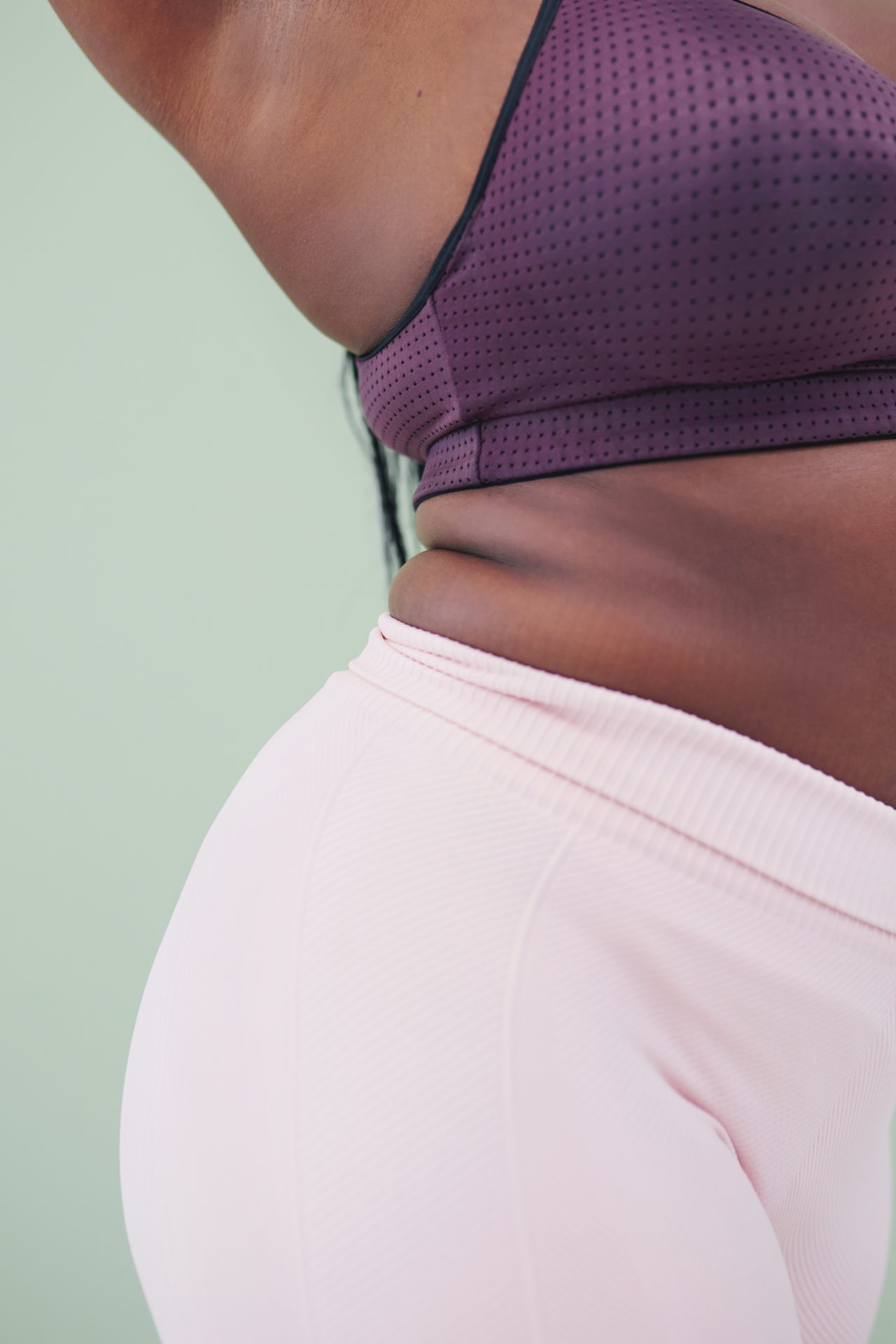You know about prebiotics and probiotics, but it’s time to learn about the latest gut health products.
Building a healthy gut is one of the most important things you can do if you want a strong and resilient body. Not only is it responsible for our digestion, helping everything move properly, but the gut also impacts our immune system and mental health.
While the benefits of eating enough fibre and taking a probiotic are now well documented as part of a gut-loving lifestyle, there’s a new step in the journey to a good digestive system: postbiotics.
You may also like
Probiotics: experts explain what to look for when buying supplements
The three stages of gut health
Probiotics and your microbiome are the most talked about part of a happy stomach. These are the ‘good’ bacteria that live in our gut, and you can take supplements to increase the variety and quantity of these microbes.
Prebiotics started to become popular a few years ago, touted as helping probiotics thrive. Prebiotics is just another word for fibre, the fuel that good gutbacteria feeds off.
Now, we’ve got to postbiotics, a new area of research that could take everything we know about gut health even further. They are what is produced when the probiotics ferment the fibre in our guts – essentially, the outcome of our pre- and probiotics working in the correct way.

What are postbiotics?
According to Alex Glover, senior nutritionist at Holland and Barrett: “There is no hard and fast rule about what a postbiotic is,” because the breaking down of fibre in your gut creates many byproducts. But the most interesting compounds created after probiotics have been working are short-chain fatty acids, he says. There are four of these, each with their own benefits in the body: lactic acid, butyrate, acetate and propionate.
“Once the probiotics ferment the dietary fibre, the postbiotics are created and then they exert their effect in the body. Let’s say you consume a prebiotic fibre, like inulin. That goes through your small intestine where it’s broken down, then into your large bowel where bifidobacteria – a probiotic – will break that down. When that is fermented, it produces butyrate, which is absorbed in the gut,” Glover explains.
You may also like
Why is fibre so good for you? Nutritionists explain the benefits of a high-fibre diet
What are the benefits of postbiotics?
“Each of the acids has a very different role within the body. Butyrate is probably the one that we know the most about, and it’s the energy source for our intestinal cells. You tend to find that diets that are lacking in dietary fibre produce lower levels of butyrate and that can lead to your gut bacteria starting to eat the lining of your intestine because they don’t have anything else to feed on,” says Glover.
Research is limited when it comes to the supplementation of postbiotics, though. “There’s currently over 100 studies being conducted at the moment into supplementation – we can probably expect in the next two or three years a lot more of this research showing the real impact. At the moment, the main benefits of improving your postbiotic availability has been done in the context of inflammation,” he says.
You may also like
IBS: “I finally managed my gut health – and it did not involve a restricted diet”
For example, they’ve been shown to help with ‘leaky gut’ syndrome, which is a symptom of irritable bowel disease, as the acids help to “maintain a tight intestinal barrier”.
How to improve postbiotic health
There are supplements soon to be launching on the market, including Holland and Barrett’s Triple Action Biotic (a mix of pre-, pro-, and postbiotics) – but right now, there’s not much to choose from. In the meantime, there’s an obvious solution: eat more fibre. But it’s more complex than simply pouring an extra bowl of bran flakes, says Glover. “Not all fibre is created equally. Things like bran flakes, for example, or wheat bran, aren’t very good at stimulating probiotic bacteria to ferment and create postbiotics. You need prebiotic fibre, and a diverse range of it so that all the different strains of bacteria can be fed,” he explains.
The best sources of prebiotic fibre include:
-Kiwi
-Leafy, green vegetables
-Beans and pulses, such as chickpeas and butter beans
-Oats
The long-term answer surely lies in a diverse diet. Supplements are there to help and enhance that and could be helpful for healing and supporting a strong gut. Get on top of your postbiotics and you won’t just feel better, but you’ll be well ahead of the trend.
Images: Getty / Pexels
Source: Read Full Article
